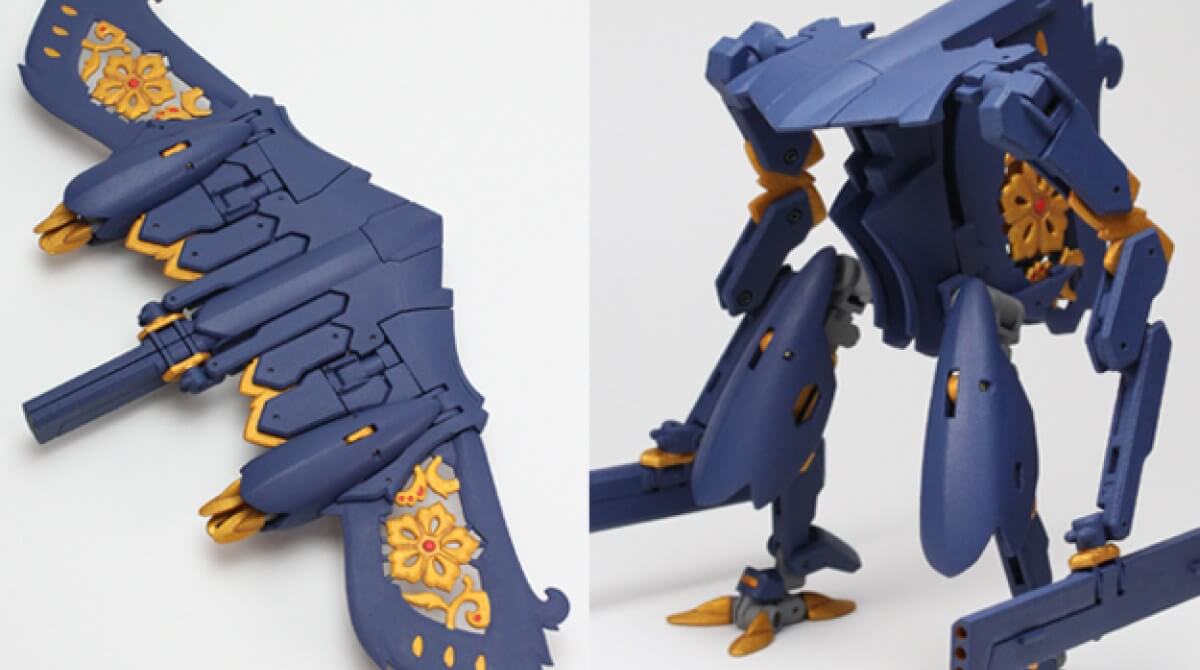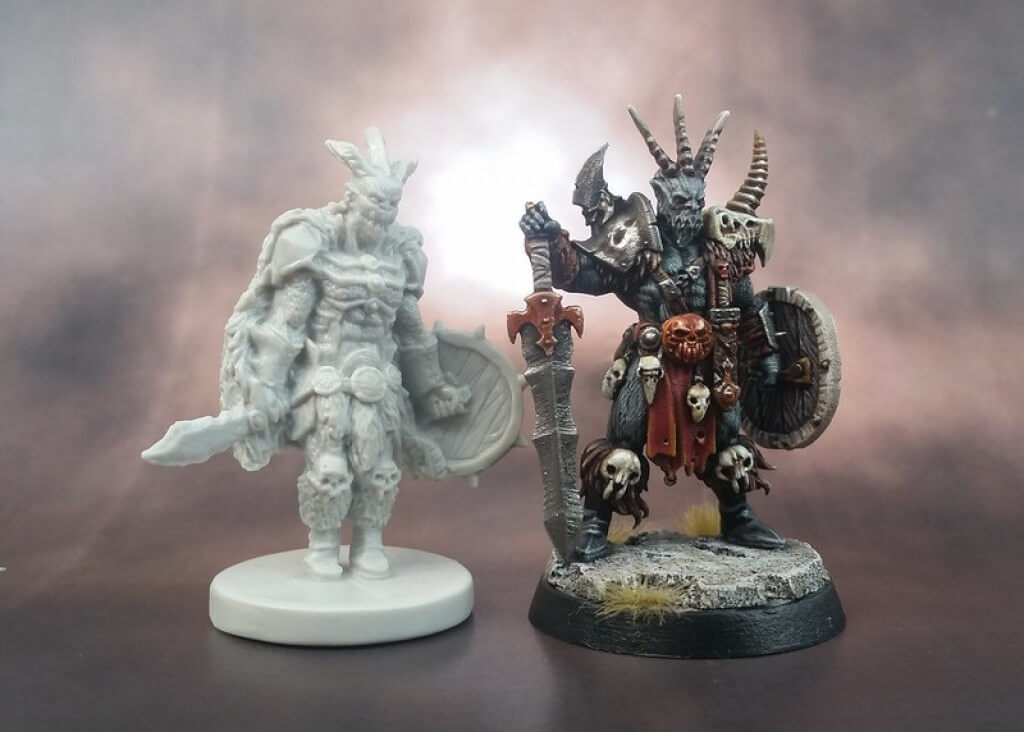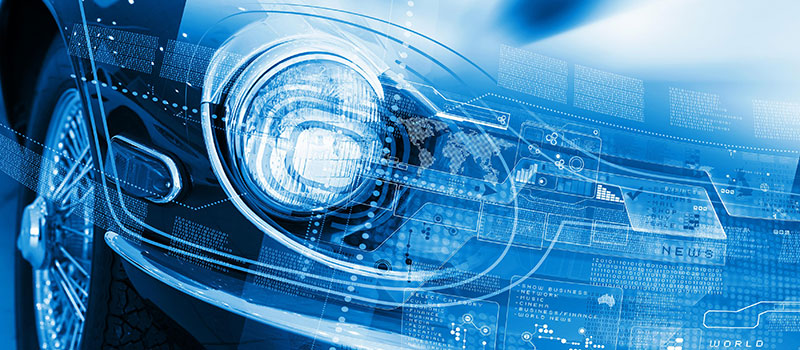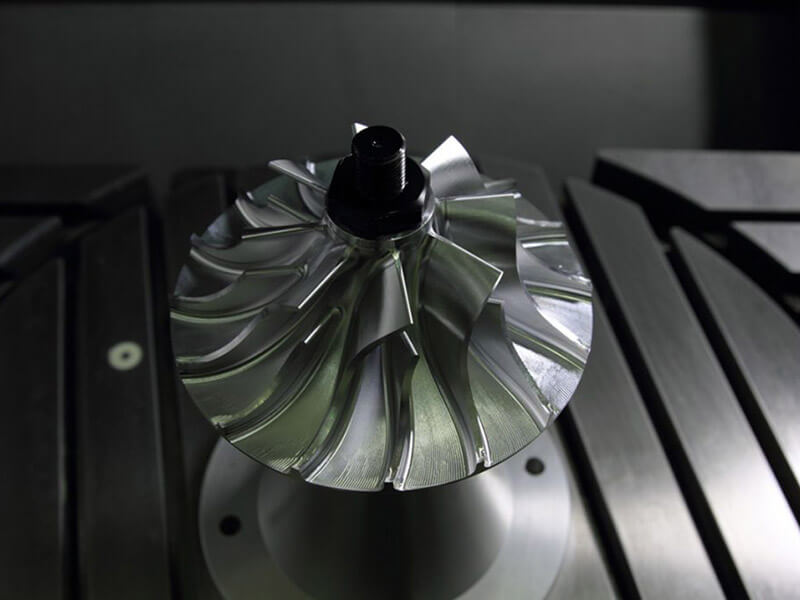The ability of 3D printing to easily create figurines, models and plastic electronic casings has been a massive boon to the toys and games industries. Manufacturers and enterprising makers have been employing the technology to make a whole bunch of unique tools for gamers to make the most of their play.
Customized Miniatures & Tabletop Games
3D printing, along with kickstarter and a host of other websites, has been instrumental in creating an entire cottage industry of tabletop games and their accessories. There is a massive indie market full of unique games that one can create most of the pieces for with their own printer and start playing upon completion. This is not only handy and does away with the creators having to set up a massive, costly manufacturing operations but also enables users to be more involved in the process of their personalized gaming set-up. Kickstarter is full of such projects, and this boom has enabled small companies to produce all sorts of projects, relying on a very low-cost model.
Similarly, websites like Hero Forge or Avnl allow makers to customize their own miniatures for tabletop use. They can print them out and have a fully colored print designed and printed by the company, then delivered to their homes. Users can make their miniatures and figurines on the software within the site, allowing for some pretty sophisticated designs. In fact, Anvl Custom Miniatures boasts the ability to mix and match over 2 trillion possible combinations.
Even aside from the indie market full of amateur creators, there are all sorts of ways to customize your own characters and print them out without having to rely on 3rd parties or stores. Players are customizing pre-existing games like dungeons and dragons with their own designs, creating characters, items, dice and scenery to their heart’s delight. The options are even more expansive if you have a desktop 3D printer at home.
The online board game community also has a lot of resources filled to the brim with all sorts of free models and trinkets that are just a click away. Boardgamegeek.com has multiple threads discussing the various possibilities, benefits and joys of printing your own parts. That’s not even getting into the Youtube channels and walkthroughs that can tell you all you need to know about printing miniatures and figurines. If you happen to lose a crucial object like a rare extra-sided die, you can probably scour the net for a printable model and have it back in 30 minutes. It’s convenient considering how prone to misplacement or breakage these tiny plastic bits can be. This model is being adopted by larger companies like Hasbro and Mattell (as we’ll talk about below).
Gaming Accessories
Games, gaming computers and consoles are a massive industry on their own, but accessories and ancillary equipment for gaming is another sub-market that is seeing major growth. This opportunity hasn’t gone unnoticed by 3D printing enthusiasts and massive companies alike. There are a plethora gaming mouse models available online for free and companies are developing all sorts of new gaming tools.
One such example on the professional front is that of IKEA’s partnership with UNYQ where both companies are teaming up to develop comfortable gaming equipment. As a medical technologies company, UNYQ’s main interest is in creating more ergonomic accessories that minimize strain on the body. In this spirit, they have a developed biometric wrist support, which aligns the player to the correct height in relation to the keyboard, reducing strain on their tendons. Next, they developed a keyboard accessory with soft pliable vented keycaps, which make the keyboard feel lighter and softer to touch. Lastly, their mouse accessory offers a set of 3D printed accessory that clamps the user’s mouse cable in place, preventing tangling and enabling full freedom of movement. These products were all created using Carbon’s 3D printing systems.
Other companies have made their designs widely available to their consumer-base, allowing them to reap the benefits of co-creation. Renowned game developers and makers of Steam, Valve, have released an open-source 3D printable controller of their own. Gamers can download the files and even tinker with it. The company made it as compatible to as many design tools as possible. This has led to various custom-designs being worked through in the Steam community, offering various changes and improvements.
Valve’s statement at the time read: “We are releasing the mechanical CAD geometry for the Steam Controller and are eager to see the accessories and variations that come from your creativity. We are making available, under Creative Commons licensing, the geometry of all externally visible parts.”
Toy Repair & Distribution
Major toy companies are implementing 3D printing into their workflows. Sites like Toy Rescue allows users to 3D print parts for toys that have been out of distribution for a long time. This has made the repair process so much simpler for parents, especially when things like action figures and toy cars break constantly. The site was the brainchild of French 3D printer manufacturer Dagoma, who conceived of it as a response to the number of toys that get thrown away all the time. Their toy repair model also aids sustainability, providing more longevity to damaged toys that won’t have to be thrown away.
Both Hasbro and Mattel are looking to be the first major toy companies to implement 3D printing into their workflows, applying the technology in innovative ways. Hasbro began testing the waters by forming a partnership with one of leading online 3D printing company Shapeways. Consequently, Hasbro open sourced their intellectual property of G.I Joe, Monopoly, My Little Pony, and the Transformers, allowing fans to legally design 3D printed products compliant with those licenses. Moreover, the company lets the consumers pick their own prices for their products, while taking a small percentage of the proceeds.
Hasbro has also been working with 3DplusMe, producing a venture that allows children to create action figures with their own faces. They can even utilize licenses from Hasbro’s Marvel lines and 3DPlusMe’s ability to replicate faces in 3D. The customer can then print their own personalized hero, tinkering with the model to their heart’s content.
Mattel on the other hand, has been applying 3D printing with their own “ThingMaker” 3D printer, developed in collaboration with AutoDesk. The printer’s aim is to combine Mattel’s world-renowned portfolio of consumer brands, with AutoDesk’s 3D printing platforms. The relatively low-cost device ($300) operates with an app that has a simple interface even a child could master. This allows the user to design items such as dolls, robots and dinosaurs, printed right in front of them. In using the software to customize the toys, there are a range of different colors and textures available. These kids can then export the STL print files to Mattel’s printer system. The company states ThingMaker 3D uses a hard PLA filament for printing, and can manage 2 dozen colors.
These large companies are seeing 3D printing as an opportunity, rather than an impediment to their operations. Once there were many concerns about how it would lead to toy piracy, but by getting ahead of the technology and using to their advantage, they can access new business models. In leaning into the abilities that additive manufacturing can provide, they are also creating better, more sustainable forms of play-tools for children. As with most industries, new manufacturing is forcing an evolution in their operations.










